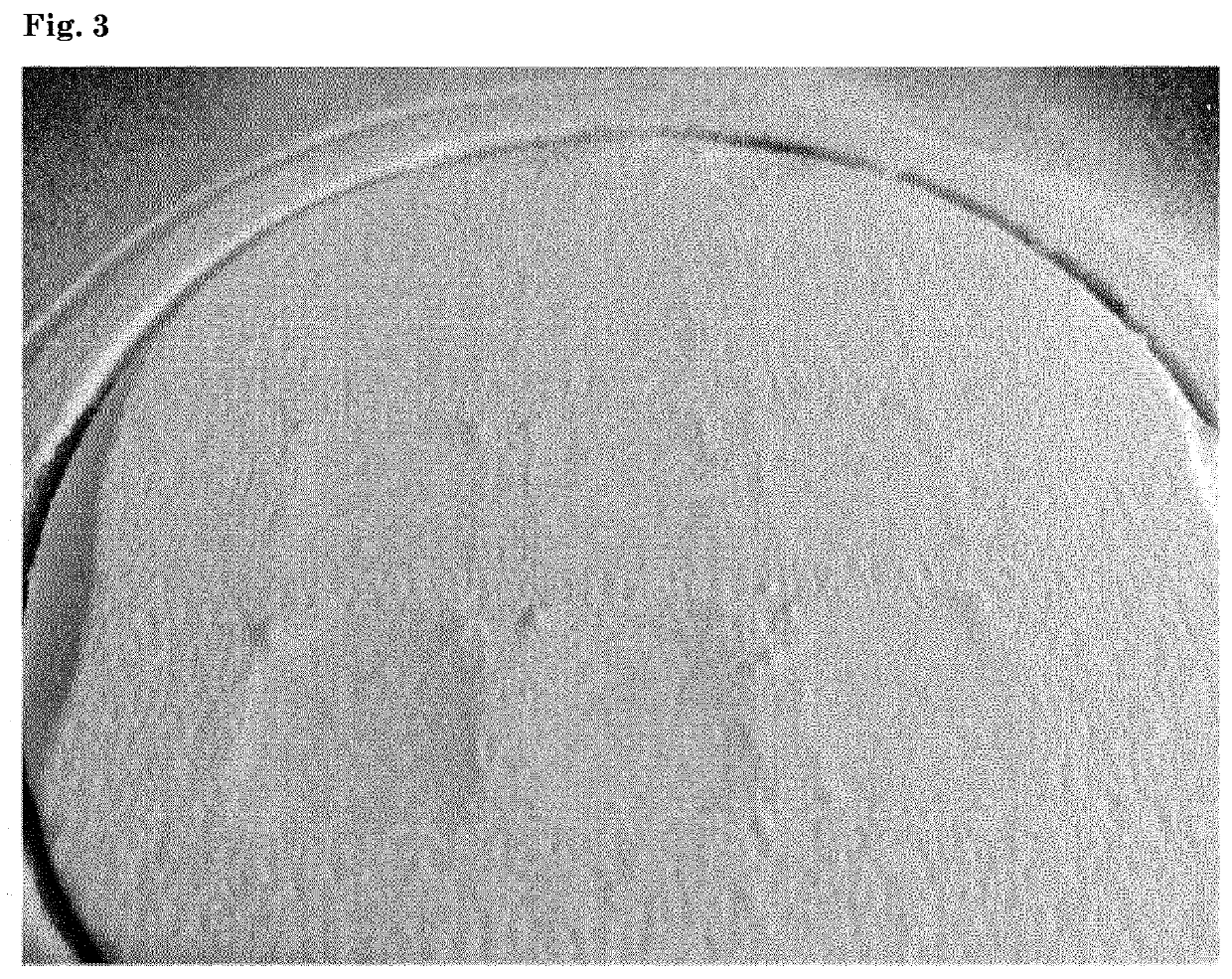Lactose powder bed three dimensional printing
a three-dimensional printing and lactose powder technology, applied in the direction of pill delivery, additive manufacturing apparatus, organic active ingredients, etc., can solve the problems of limited raw materials for binder jetting, more challenging, and inability to directly transfer existing knowledge in the field of pharmaceutical formulation technology to the field of three-dimensional printing
- Summary
- Abstract
- Description
- Claims
- Application Information
AI Technical Summary
Benefits of technology
Problems solved by technology
Method used
Image
Examples
example 1
Lactose Characterization
[0045]All ingredients are available from DFE Pharma GmbH, Germany, except Povidon K30, which was obtained from Duchefa Farma.
All lactose grades used for 3D printing were measured on particle size and bulk and tapped density.
Method to Determine Particle Size:
[0046]The particle sizing experiments were conducted using a Helos laser diffraction unit in conjunction with Windox 5 software (5.10.0.04), both from Sympatec GmbH (Clausthal-Zellerfield, Germany). The optical bench was equipped with R5 Fourier lens for focusing the diffraction patterns of equally sized particles to the same position on the array of detector rings. This lens covers particle size ranges between 4.5 and 850 μm. The Windox software is analyzing according the FREE mode for calculating the particle size distributions from the raw scattering data. The lactose powders were dispersed dry using the Rodos dry powder disperser in conjunction with the Vibri dry powder feeder (Sympatec). Before the me...
example 2
Printing Squares
[0048]In order to evaluate if a formulation is suitable for tablet printing a square can be printed (one layer of powder) and evaluated on wetting, consolidation and bleeding. The square printing was performed as follows.
[0049]The formulation as given in the tables were mixed on a roller bank until it was homogeneous. The formulations were printed with a Sideswipe printer making use of Pronterface software. The powder blend was manually spread on the printing desk with the help of a hand sieve (700 micron) and automatically rolled out with a roller on a printer. A water / ethanol (95 / 5 vol. / vol.) mixture was sprayed on the powder bed with a 0.165 mm printhead (the lee company) at 0.175 bar, into 9 squares of 1.4 cm2. For each square a different line spacing was used (as indicated in Table 3), resulting in 9 different wetted squares.
TABLE 3Print settings for printing squares in a single layer of powderSampleLine spacing (mm)Droplets / mm10.2520.25430.33.340.352.850.42.560...
example 3
Printing Tablets
[0052]The formulation as given in the Table 8 were mixed on a roller bank until it was a homogeneous mixture. The formulations were printed with a Sideswipe printer making use of Pronterface software.
[0053]The powder blend was manually spread on the printing desk with the help of a hand sieve (700 micron) and automatically rolled out with a roller on a printer. A water / ethanol (95 / 5 vol. / vol.) mixture was sprayed on the powder bed with a 0.165 mm printhead (the lee company) at 0.175 bar, with a line spacing of 0.45 mm and with 2.22 drops / mm in the shape of 9 mm circle. The powder deposition and solution spraying was repeated 7 times in order to create a flat tablet with a diameter of 9 mm and a height of 3 mm. Tablets were removed from the powder bed and dried in an oven overnight at 50° C. Suitable tablets were obtained with dimensions and masses as indicated in Table 9.
TABLE 8Tablet formulations (wt %)1234Lactohale 20680—8090Respitose SV003—80——Prejel————Povidone K...
PUM
| Property | Measurement | Unit |
|---|---|---|
| particle size distribution | aaaaa | aaaaa |
| particle size distribution D10 | aaaaa | aaaaa |
| size distribution | aaaaa | aaaaa |
Abstract
Description
Claims
Application Information
 Login to View More
Login to View More - R&D Engineer
- R&D Manager
- IP Professional
- Industry Leading Data Capabilities
- Powerful AI technology
- Patent DNA Extraction
Browse by: Latest US Patents, China's latest patents, Technical Efficacy Thesaurus, Application Domain, Technology Topic, Popular Technical Reports.
© 2024 PatSnap. All rights reserved.Legal|Privacy policy|Modern Slavery Act Transparency Statement|Sitemap|About US| Contact US: help@patsnap.com









